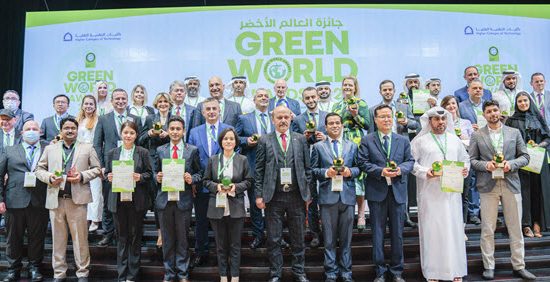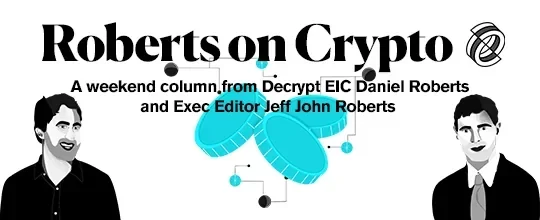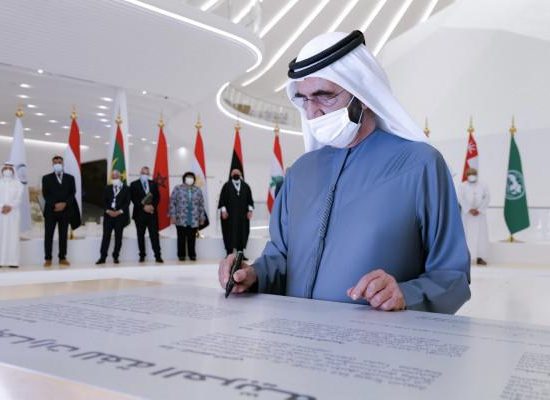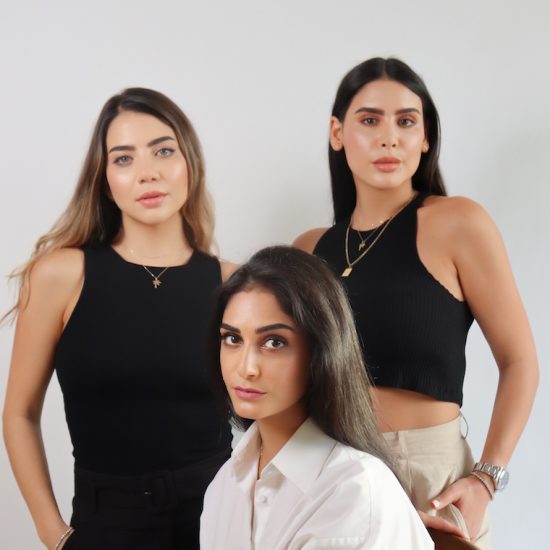LEBANON. Byblos Bank issued today, in cooperation with the American University of Beirut through the Olayan School of Business, the results of the Byblos Bank/AUB Consumer Confidence Index for the first half of 2014.
The results show that the Byblos Bank/AUB Consumer Confidence Index improved marginally in January and February, picked up pace in March and April, and regressed in May and June 2014. The Index reached 37.3 points in April 2014, its highest score since September 2012. The Index grew by 10% in the first quarter to an average of 31, and rose by another 15% to an average of 35.7 in the second quarter of the year.
The results reflect the Index’s first consecutive quarterly increases since the first and second quarters of 2011. Further, the Index posted a monthly average of 33.4 in the first half of 2014, increasing by 16.5% from the second half of 2013.
Mr. Nassib Ghobril, Chief Economist and Head of the Economic Research & Analysis Department at the Byblos Bank Group, said “The formation of a new Cabinet in mid-February after more than 10 months of political deadlock and the confidence vote it received in Parliament in March, along with the concrete results of a ‘security plan’ launched across the country in April, were the main factors that affected positively the confidence of Lebanese households during the first half of 2014.”
He added: “Equally important, the increase of the Index is also due to low-base effects, as the Index grew from its second-lowest level in the fourth quarter of 2013 and from a record low in the second half of 2013.”
Despite the Index’s quarterly improvements, the results of the first and second quarters of 2014 remained consistent with the ongoing trend of very low household confidence since the first quarter of 2012 and the persisting trend of stagnating consumer sentiment in the country. Indeed, the results of the first three months of 2014 were the seventh lowest since the Index’s inception, while the second quarter posted the ninth-lowest quarterly reading in 28 quarters. Further, the first-half results constituted the Index’s fourth-lowest level on a semi-annual basis.
Two main developments stalled the modest improvement in consumer sentiment during the covered period. Mr. Ghobril noted that: “The repeated failure of the Lebanese Parliament to elect a President by the May 25 constitutional deadline and the ensuing presidential vacuum, along with security breaches in the Bekaa and, particularly, in Beirut in June, reversed the timid improvement in sentiment.”
He added that “The ongoing direct and indirect spillovers from the Syrian conflict. in addition to uncertain security conditions along the Lebanese-Syrian border and in various parts of the country, combined to keep confidence at very low levels”.
The Byblos Bank/AUB Present Situation Index and the Byblos Bank/AUB Expectations Index increased in relative terms in the first half of the year. The two indices showed monthly improvements in four out of six months during the first half of 2014, which reflected slightly higher levels of confidence in current as well as in future conditions.
The analysis of the results reveals that the near-term expectations of consumers were generally lower than their views of their prevailing conditions during the first half of 2014. This differs from previous trends when consumers’ near-term expectations were consistently higher than their views of their current conditions. In turn, this reflects consumers’ still uncertain outlook and raises alarms over the depth of their pessimism.
“Consumer confidence has proven to be very sensitive to chronic security deterioration and heightened political uncertainties, which, in turn, has a direct and adverse impact on economic activity. Therefore, we expect economic activity to remain subdued over the second half of 2014 in the absence of significant developments or lasting measures to improve the confidence of Lebanese households” indicated Mr. Ghobril of Byblos Bank.
He added: “Consumer sentiment remained at such low levels in the first half of 2014 that consumers require a positive political shock of the magnitude of the Doha Accord in order to restore their confidence to the levels of 2008, 2009 and 2010.”
The results of the Byblos Bank/AUB Consumer Confidence Index for the first half of 2014 show that male consumers displayed a relatively higher level of confidence than their female counterparts; while consumers in the 21 to 29 year-old bracket displayed a higher level of confidence than citizens in other age brackets during the covered period.
Also, households with an income of USD 2,500 or more per month had a higher level of confidence than those earning less. Moreover, private sector employees displayed a higher level of confidence than self-employed, students, public sector employees and housewives in the first half of 2014.
In addition, consumers in Mount Lebanon posted the highest confidence level across administrative districts, or mohafaza, in the first half of the year, followed by consumers in the North, the South, Beirut and the Bekaa. Furthermore, Druze consumers had a higher level of confidence than those from other religious affiliations during the covered period, followed by Christian, Sunni and Shiite consumers.
The Byblos Bank/AUB Consumer Confidence Index is a measure of the sentiment and expectations of Lebanese consumers towards the economy and their own financial situation. The Index is compiled, implemented and analyzed in line with international best practices and according to criteria from leading consumer confidence indices worldwide. It is composed of two sub-indices, the Byblos Bank/AUB Present Situation Index and the Byblos Bank/AUB Expectations Index. The first sub-index covers the current economic and financial conditions of Lebanese consumers, and the second one addresses their outlook over the coming six months.
In addition, the data segregates the Index based on age, gender, income, profession, administrative district, and religious affiliation. The Index has been calculated on a monthly basis since July 2007, with January 2009 as its base month.
It is based on a nationally representative survey of 1,200 face-to-face interviews with adult males and females living throughout Lebanon. The monthly field survey is conducted by Statistics Lebanon, a market research and opinion-polling firm.
This entry passed through the Full-Text RSS service — if this is your content and you’re reading it on someone else’s site, please read the FAQ at fivefilters.org/content-only/faq.php#publishers.








